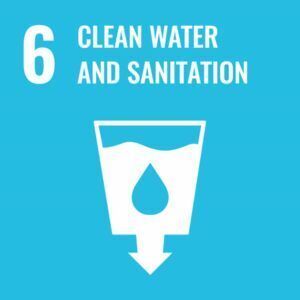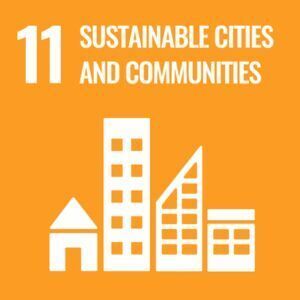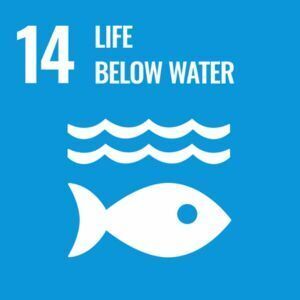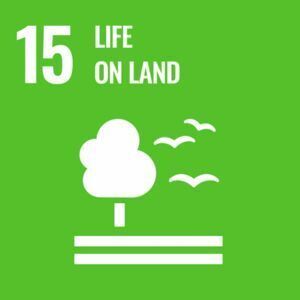Photo by Matthew Smith on Unsplash
Restoring Soil to Address Climate Change
by David R. Montgomery, The Conversation, August 13, 2019; Posted in phys.org
Photo Credit: June 2013 Eric Barsness, USDA NRCS South Dakota
It's time to take soil seriously. As the Intergovernmental Panel on Climate Change states with very high confidence in its latest report, land degradation represents "one of the biggest and most urgent challenges" that humanity faces.
The report assesses potential impacts of climate change on food production and concludes that rising atmospheric carbon dioxide levels will reduce crop yields and degrade the nutritional quality of food.
To avert climate catastrophe, the report warns, people need to make changes in agriculture and land use. In other words, it's no longer enough to wean society off of fossil fuels. Stabilizing the climate will also require removing carbon from the sky. Rethinking humanity's relationship to the soil can help on both scores. Read more.
Soil Regeneration
From Wikipedia, the free encyclopedia
Photo Credit: USDA NRCS Montana Soil Survey
Soil regeneration, as a particular form of ecological regeneration within the field of restoration ecology, is creating new soil and rejuvenating soil health by: minimizing the loss of topsoil, retaining more carbon than is depleted , boosting biodiversity, and maintaining proper water and nutrient cycling.[1] This has many benefits, such as: soil sequestration of carbon in response to a growing threat of climate change,[2][3] a reduced risk of soil erosion,[3] and increased overall soil resilience.[1] Read more.
Soil Carbon Sequestration Impacts on Global Climate Change and Food Security
By: R. Lal, et al. Science 304, 1623 (2004); DOI: 10.1126/science.1097396
The carbon sink capacity of the world’s agricultural and degraded soils is 50 to66% of the historic carbon loss of 42 to 78 gigatons of carbon. The rate of soilorganic carbon sequestration with adoption of recommended technologies de-pends on soil texture and structure, rainfall, temperature, farming system, andsoil management. Strategies to increase the soil carbon pool include soil resto-ration and woodland regeneration, no-till farming, cover crops, nutrient manage-ment, manuring and sludge application, improved grazing, water conservationand harvesting, efficient irrigation, agroforestry practices, and growing energycrops on spare lands. Download the PDF to read more.
Protecting trees
The Morton Arboretum
In urban areas, trees need people to value, preserve, and care for them. One of the purposes of The Morton Arboretum's Community Trees Program is to help communities develop a base of public support to make sure trees are valued, protected, and included in future plans. The ongoing community care of trees is often called tree stewardship. Read more.










